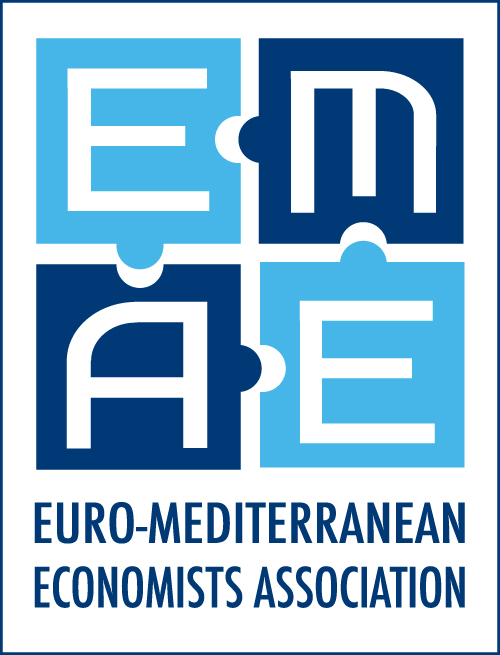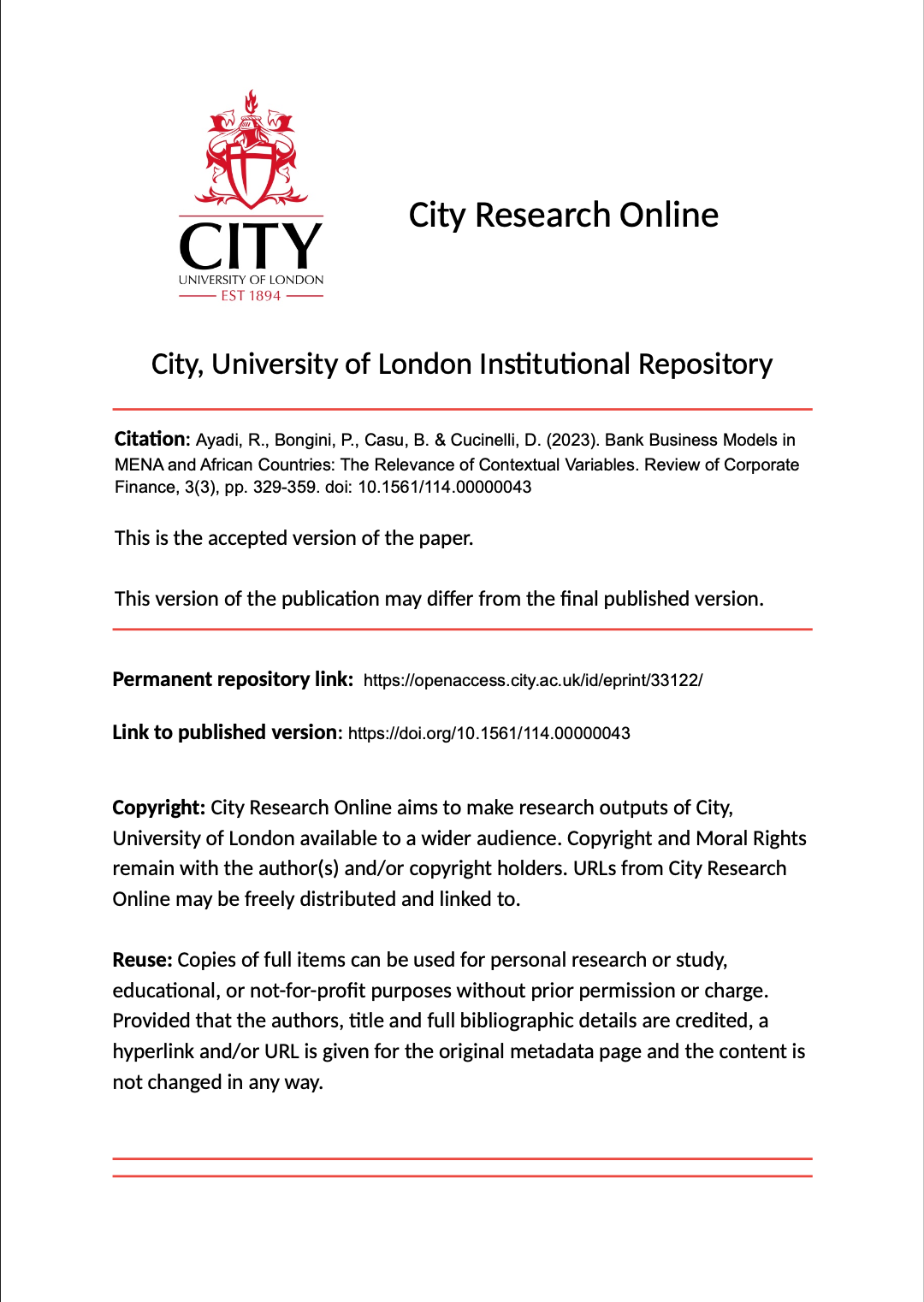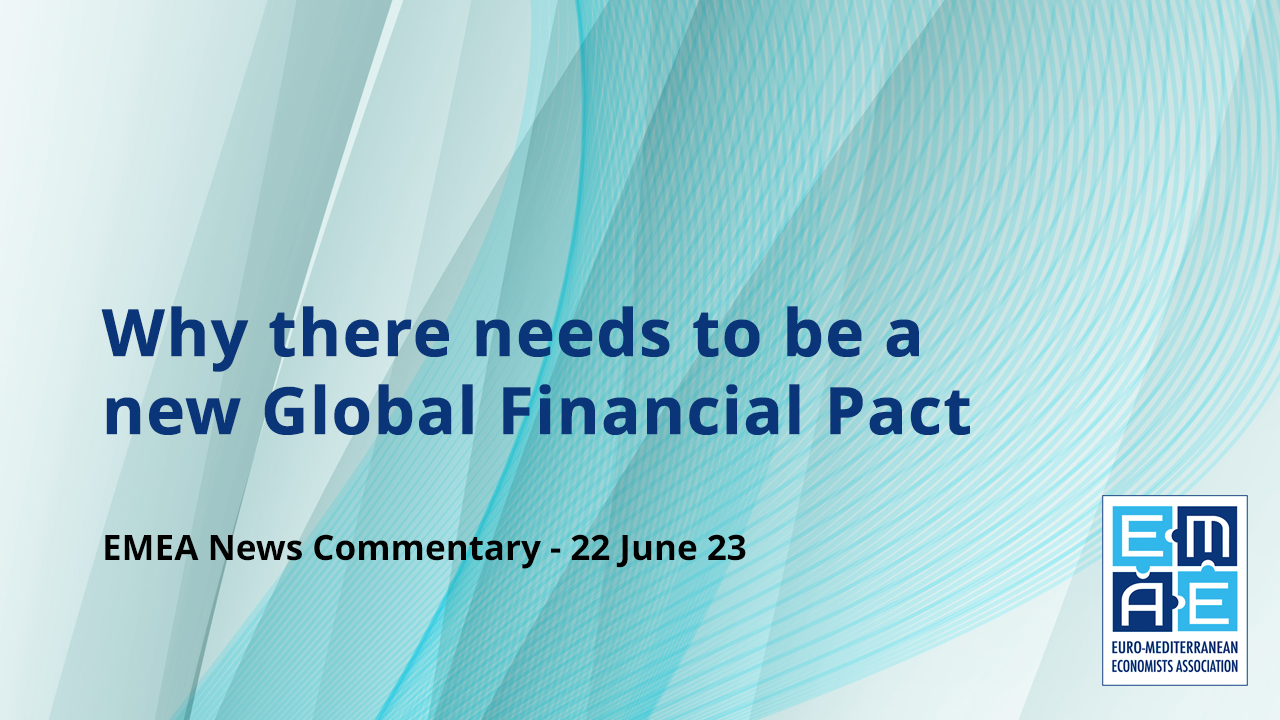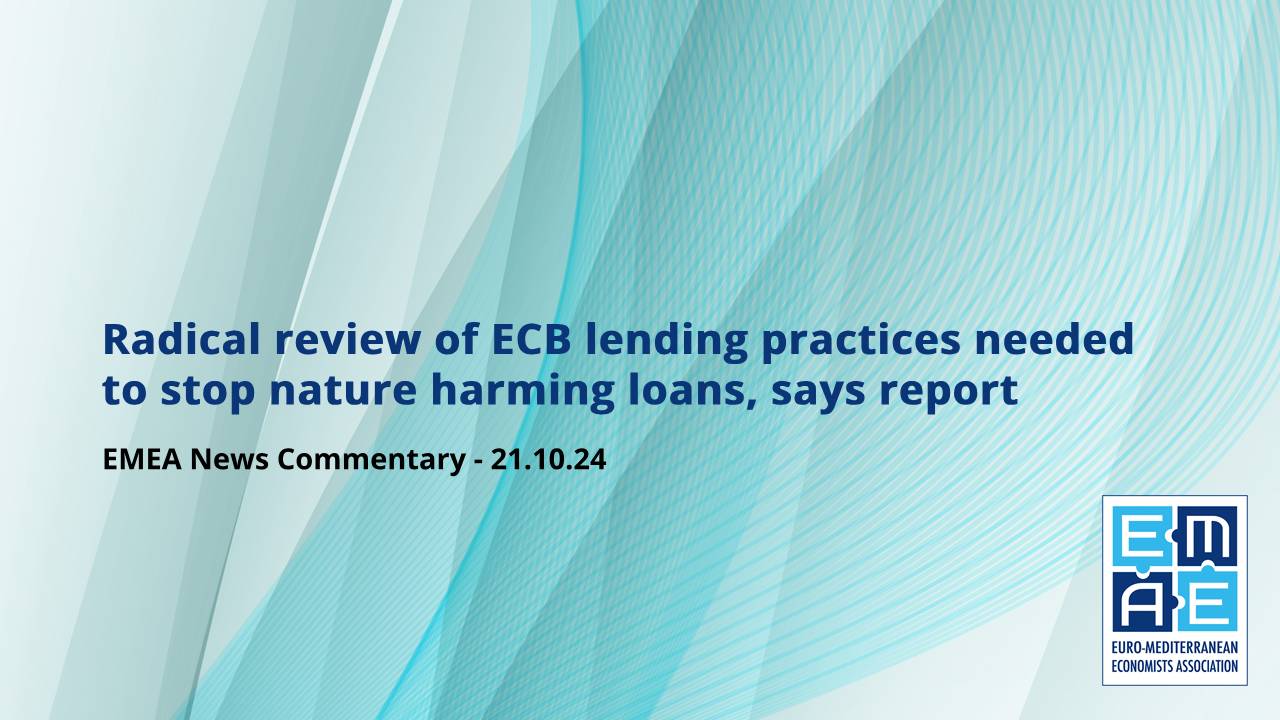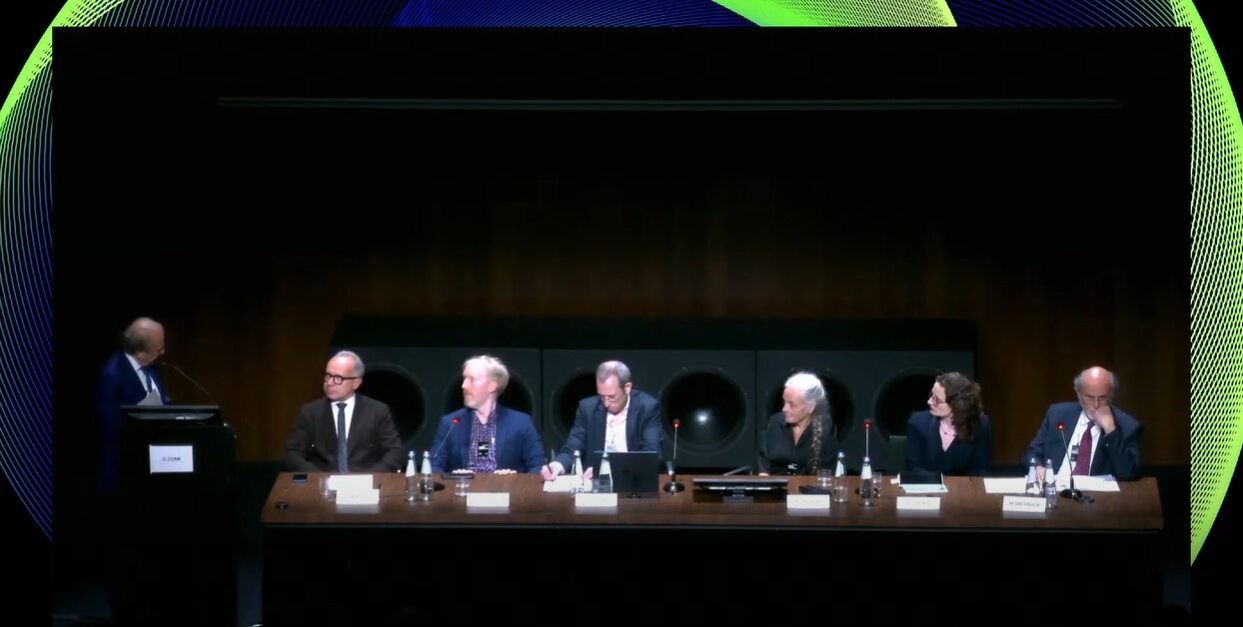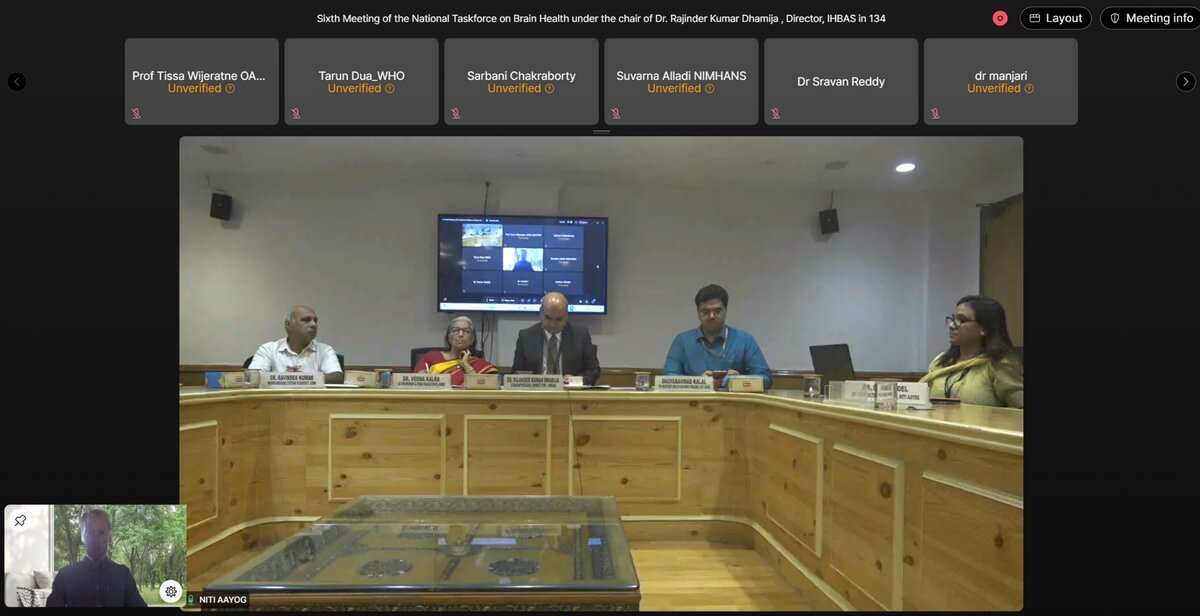A No-nonsense Summit Message
The messaging coming out ahead of this week’s New Global Financial Pact Summit in Paris (June 22-23) has been stark and uncompromising.
In a collective statement ahead of the Summit, it was declared: “The world is currently facing its most challenging conditions for decades. As a result of the COVID-19 crisis, public debt has reached unprecedented levels in all countries. One-third of developing countries and two-thirds of low-income countries are at high risk of debt distress. Inflation has risen sharply, and tighter monetary policy is creating financial volatility and reducing risk appetite.
“The global trend of poverty reduction observed over several decades has been interrupted or even reversed, leading to widening global economic gaps. We need to move forward with solidarity and ambition if we are to achieve the SDGs, carbon neutrality and our common biodiversity protection goals.
“It has been estimated that 120 million people have been pushed into extreme poverty since 2020. At the same time, it is feared that we are still far from achieving our United Nations Sustainable Development Goals by 2030. We should thus place people at the centre of a strategy to increase human welfare everywhere.
“We, leaders of diverse economies throughout the world, are united in our determination to forge a new global consensus. We will use the Paris Summit for a New Global Financing Pact on June 22-23 as a decisive political moment to recover development gains lost in recent years and to accelerate progress towards the SDGs, including just transitions. We are clear about our strategy: development and climate commitments should be fulfilled and, in line with the Addis Ababa Action Agenda, we need to leverage all sources of finance, including official development assistance, domestic resources, and private investment.”
Summit Objectives
The stated intent of this week’s Paris summit – containing more than 50 thematic events and six high-level round table discussions to meet the challenges of the 21st century – is to create a new accord between rich and poor countries, to helping them deal not just with climate change but also rising inequality and loss of biodiversity.
The Summit is committed to delivering a bold new vision and pioneering solutions across four pillars:
- Increase fiscal space and mobilising liquidity
- Scale up investment in green infrastructure
- Unlock finance for the private sector in low-income countries (LICS)
- Design innovative financial solutions for climate vulnerability
Speaking about the Summit, co-host Mia Mottley, the Barbadian Prime Minister, affirmed: “We will hit hard, because we will first establish a new consensus. The fight against poverty, the decarbonisation of our economy, in order to achieve carbon neutrality by 2050, and the protection of biodiversity are closely linked. We must therefore jointly agree on how best to address these challenges in poor and emerging countries in the developing world, on the amount of investment, on the reform of all infrastructure such as the World Bank, the IMF, public and private funds, and on how we need to start a new process.”
In Summary
With renewed optimism ahead of the Summit, the coming months surely provide an opportunity to reshape the architecture of financing for development and climate action, so that the international financial system is stronger and more effective. One that can protect vulnerable countries from shocks, with the objective of achieving the SDGs, in order to return to a steady trend of global poverty reduction in the long term.
The underlying framework needs to guarantee the sustainability and predictability of climate finance, poverty reduction and global finance – in the long term, unaffected by investment cycles and geo-politics.
As the pre-Summit statement concluded: “Still, it is possible to make 2023 the year of all possibilities. This requires recognising that, in a world that is one (“one Earth, one family, one future”), only stronger and sustainable cooperation will make it possible to face our common challenges (such as inequalities, climate change, the biodiversity crisis or health). The international community must build its vision for the future on a minimum common foundation. At the heart of this vision will be the belief in shared prosperity between North and South, the need for concessional financing, and the global responsibility to produce public goods that benefit all. Although only one part of the program, the issue of funding is critical.”
For further reading on this subject, which EMEA covered in considerable detail throughout 2022, go to:
